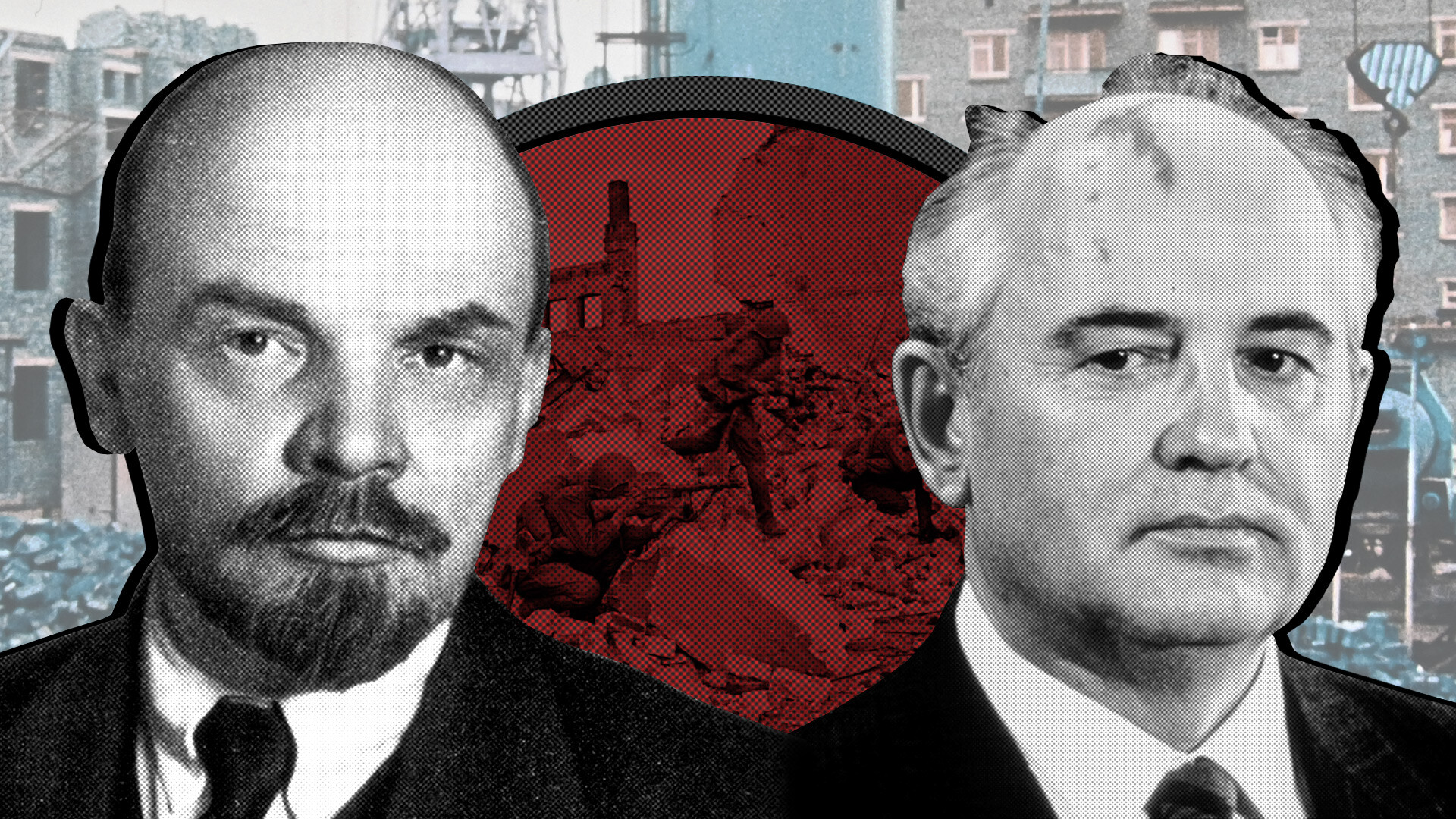
Officially, the USSR was formed on December 30, 1922, when the Treaty on the Creation of the USSR (signed between Russian SFSR, the Transcaucasian SFSR, the Ukrainian SSR and the Belorussian SSR) was approved by the First All-Union Congress of Soviets.
1. Vladimir Lenin and Joseph Stalin pictured together in 1922. The former is the Soviet founder and first leader, pushing the ideologies of the 1917 Revolution. In this exact year, Stalin was elected General Secretary of the Bolshevik Party’s Central Committee, the position which, in future, would mean the head of the country.
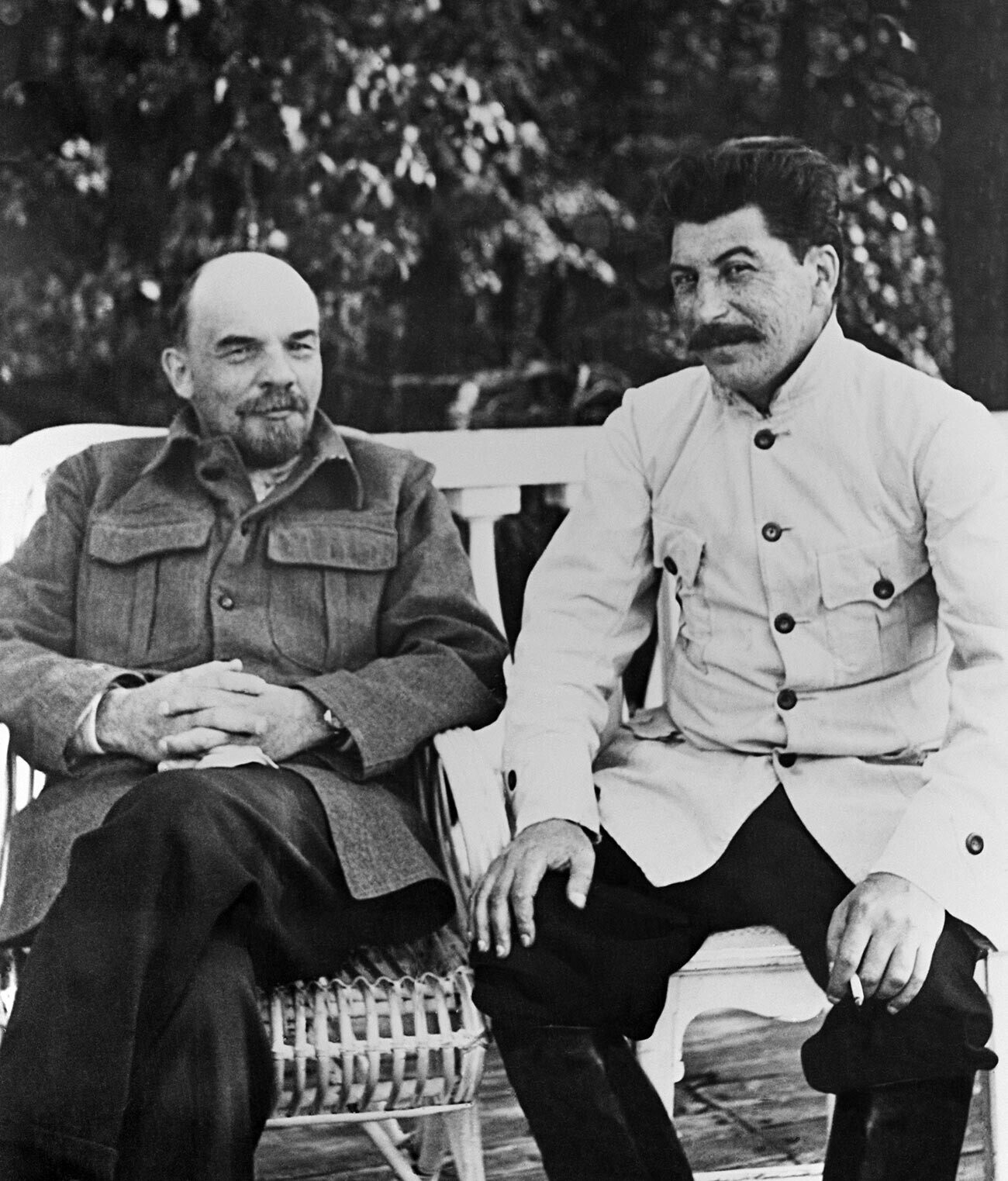
2. In 1922, many Soviet organizations were formed which now also celebrate the 100th anniversary. The All-Union Pioneer Organization named after V. I. Lenin is one of them.
3. The Bolsheviks had many progressive and important ideas and campaigns - one of them was the eradication of illiteracy. In record times, making education free and obligatory, they enabled at least half of the country to read and write. And this number increased year by year.
4. At the same time, the Bolsheviks were in charge of the anti-religious campaign, confiscation of jewelry from churches and mass arrests and trials of the priests.
5. After Lenin’s death, in 1925 Joseph Stalin became Soviet leader. He is remembered for very tough politics, putting the interest of the country higher than the interests (and lives) of its people. However, he still has supporters praising him for forced industrialization of the country and making the Soviet Union a strong empire.
6. Stalin launched a lot of plants, giant hydroelectric stations and megafactories, as well as mining and producing lots of items from a variety of spheres. He also commissioned roads to be built and launched entire transport systems - such as the subway in Moscow (and, in general, transformed Moscow into a megapolis). One of his most ambitious projects was the ‘Seven Sisters’, or ‘Stalin skyscrapers’, which, however, were completed only after his death.
7. One of the darkest sides of Stalin’s reign was the Gulag labor camp system, which used prisoners for the most complicated construction works in the most harsh conditions, be it the Far North, wood preparation in Siberia or uranium mining in the Far East.

8. Millions of people who were forced through these prisons were lost and died there. Getting rid of any political competitors and the so-called ‘fifth column’, Stalin’s NKVD (future KGB intelligence service) could arrest anyone for an imprudent joke or because of a denunciation.
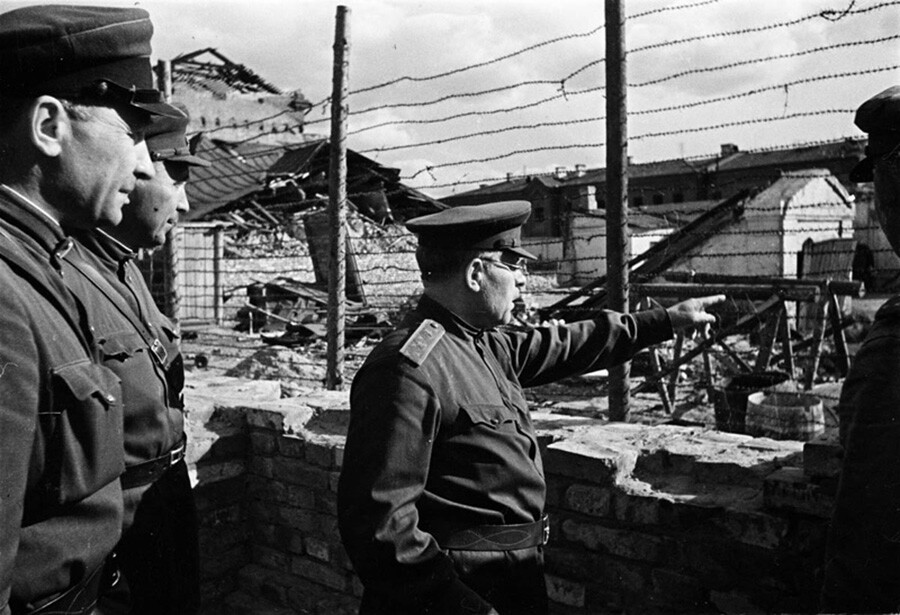
9. Trying to find out what happened to their relatives, people sometimes spent hours in lines to the NKVD office, rain, hail or shine. Great Soviet poet Anna Akhmatova reflected that awful circumstances in her elegy ‘Requiem’. “In the awful days of the Yezhovshchina [name of the NKVD head, pictured below with Stalin] I passed seventeen months in the outer waiting line of the prison visitors in Leningrad…”
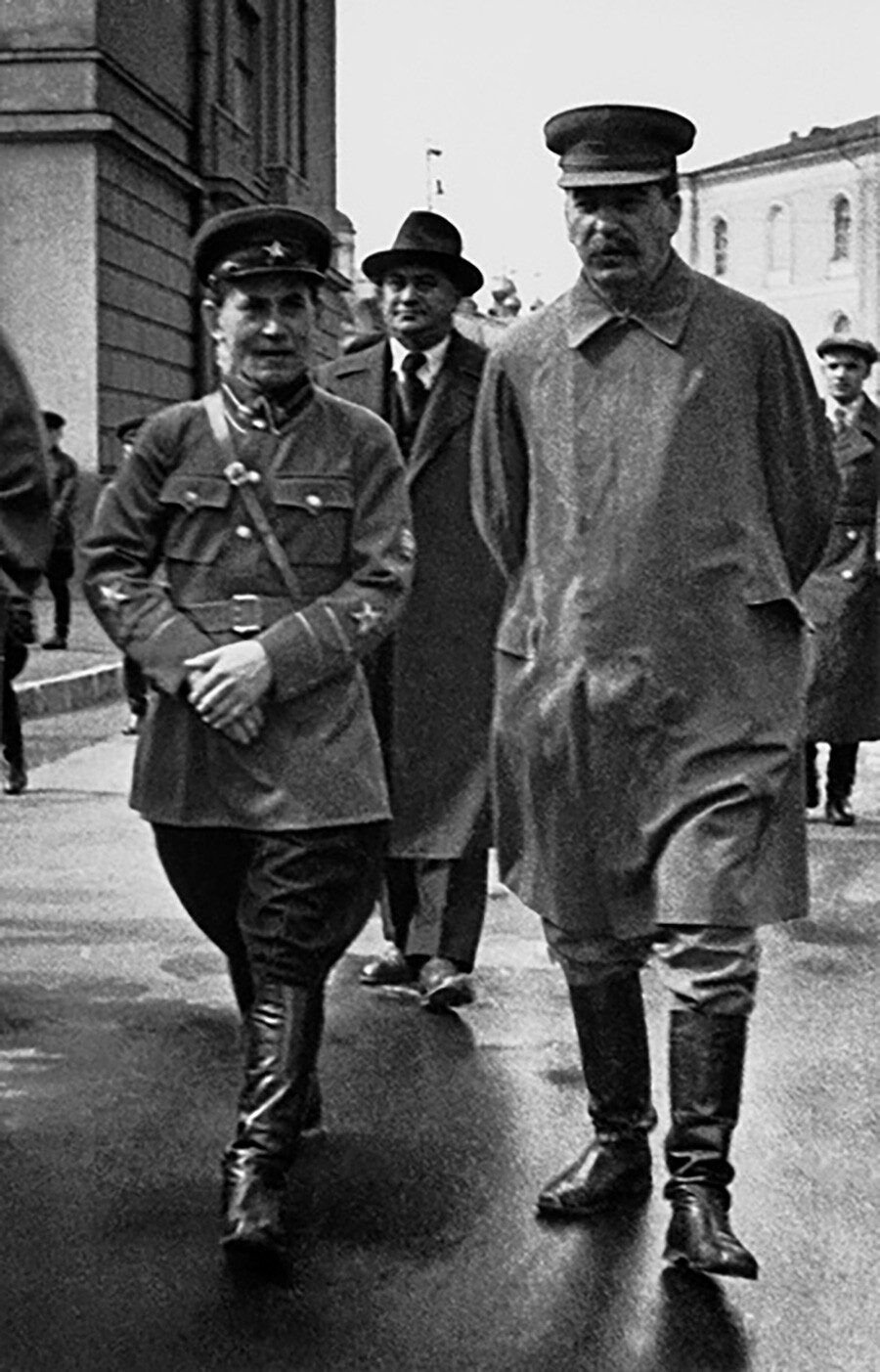
10. After Stalin’s purge, World War II started becoming one of the most difficult experiences in Soviet history. The four years that the USSR spent fighting the Nazis were immortalized in national history under the name ‘Great Patriotic War’. Not only men and professional soldiers, but also women, kids and retired people helped the country to win. Some fought on the front lines, while others were busy making bullets or sewing uniforms.
11. In the nightmare that was World War II, which took the lives of millions of Soviet people, the city of Leningrad suffered its harshest 900 days under a Nazi siege with no food, heating or electricity. As they retreated, they did serious damage to the once luxurious royal palaces and removed many treasures.
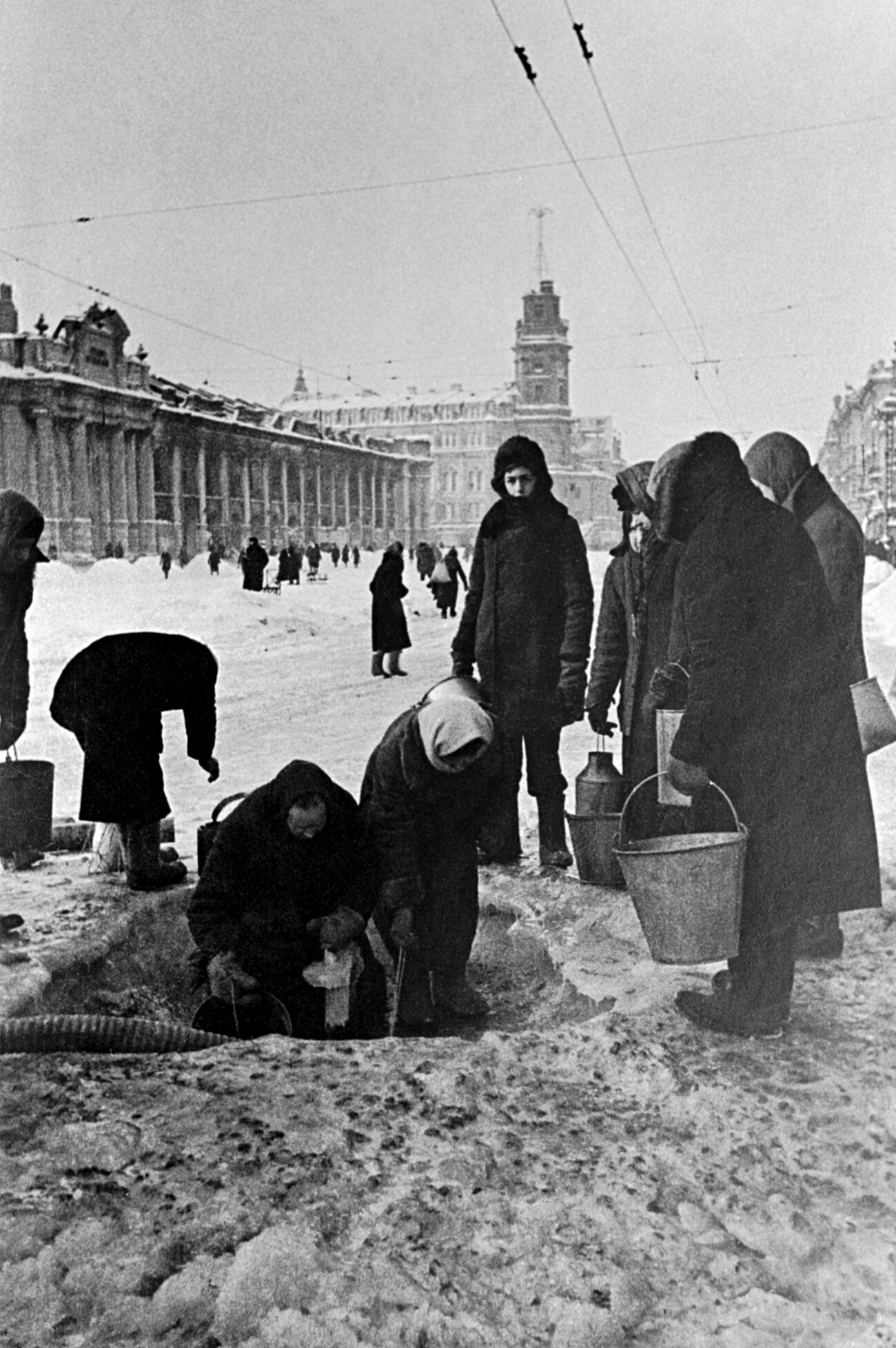
12. After winning the war, the Soviet country was, year by year, recovering after its huge losses. The industry turned back to peaceful production and the era of Soviet culture and cinema began.
13. After Stalin’s death in 1953, Nikita Khrushchev became head of the Soviet Union. He closed the Gulag, amnestied many prisoners and debunked the cult of Stalin’s personality. The years of his ruling were reflected in historical books under the name ‘Khrushchev’s Thaw’.
14. One of the most remarkable things about Khrushchev was dealing with the housing problem. During Soviet industrialization millions of people had moved from villages to cities, but they didn’t have enough places to live, so had to be accommodated in communal apartments or dorms. Khrushchev initiated building cheap standard apartment houses, which are now known as ‘khrushchyovkas’.
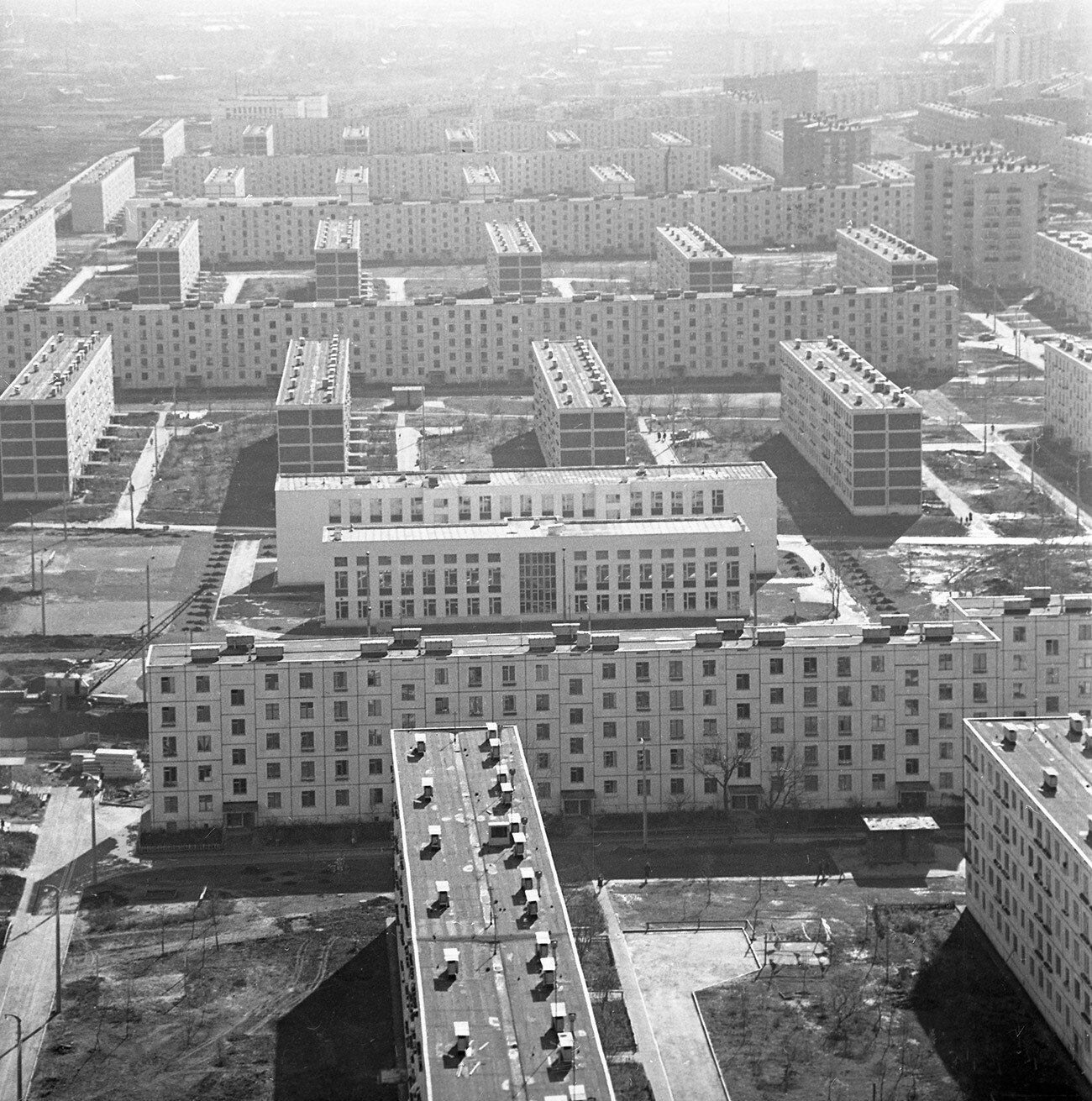
15. Finally, Khrushchev’s era was marked with one of the most epic events in the history of mankind. Cosmonaut Yury Gagarin became the first man to fly to space. Just look at how Moscow met its hero after his epic flight here.
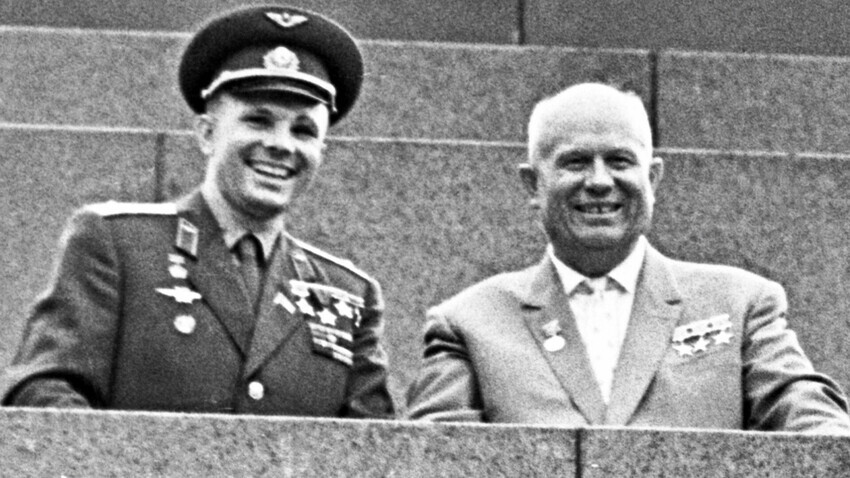
16. From 1964, and for almost twenty years, the Soviet country was ruled by Leonid Brezhnev. This time, starting from the 1970s, is known as the ‘Era of Stagnation’, which the Communist Party elite actually called the ‘developed socialism’.
17. It was the time of stability. The former rapid economic growth stopped, the country no longer had any serious political problems and, at the same time, was starting to see some serious money from oil sales. Additionally, living standards were way better than after the war and even in the 1960s. And all this while Cold War relations between the USSR and the U.S. were becoming warmer (below, Brezhnev gives his iconic kiss to the U.S. President Jimmy Carter).

18. The 1980s were marked with two Soviet leaders passing away one by one, after both ruling for just about one year. There was also an economical crisis, a deficit of everything, empty shelves and huge lines to stores… Finally, in 1986, the biggest catastrophe happened - the explosion at the Chernobyl nuclear plant. All those events showed the need for large-scale reforms in the country. This is how Gorbachev’s perestroika began.
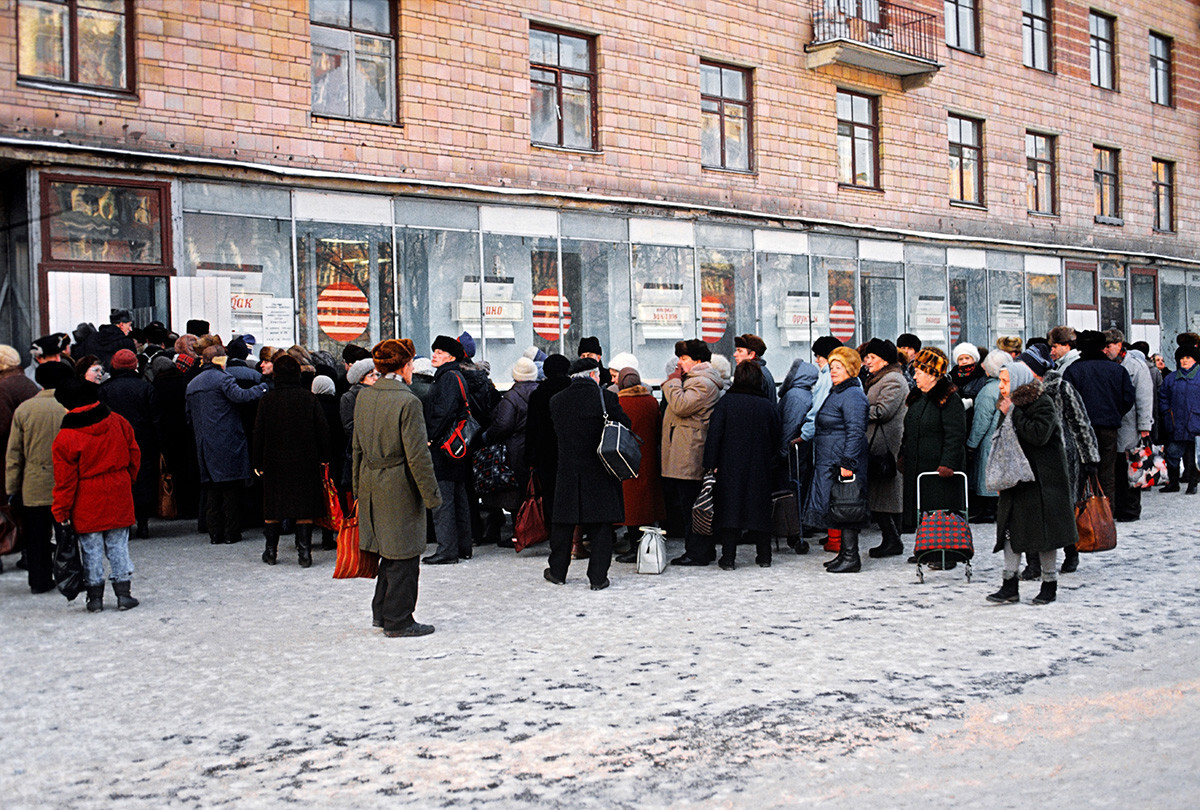
19. Thanks to the late 1980s, the world got acquainted with not only such Russian words as ‘perestroika’, but also ‘glasnost’. If not exactly a true freedom of speech, but at least the opportunity to inform people about things happening in the country and not only in a positive way as the Soviet TV used to do it. At the same time, the censorship failed and lots of great Russian and Soviet books were published, from ‘Doctor Zhivago’ by Boris Pasternak to ‘The Gulag Archipelago’ by Alexander Solzhenitsyn. People could literally feel fresh air. At the same time, the Soviet Union withdrew its troops from Afghanistan after a decade of a counter-insurgency war.
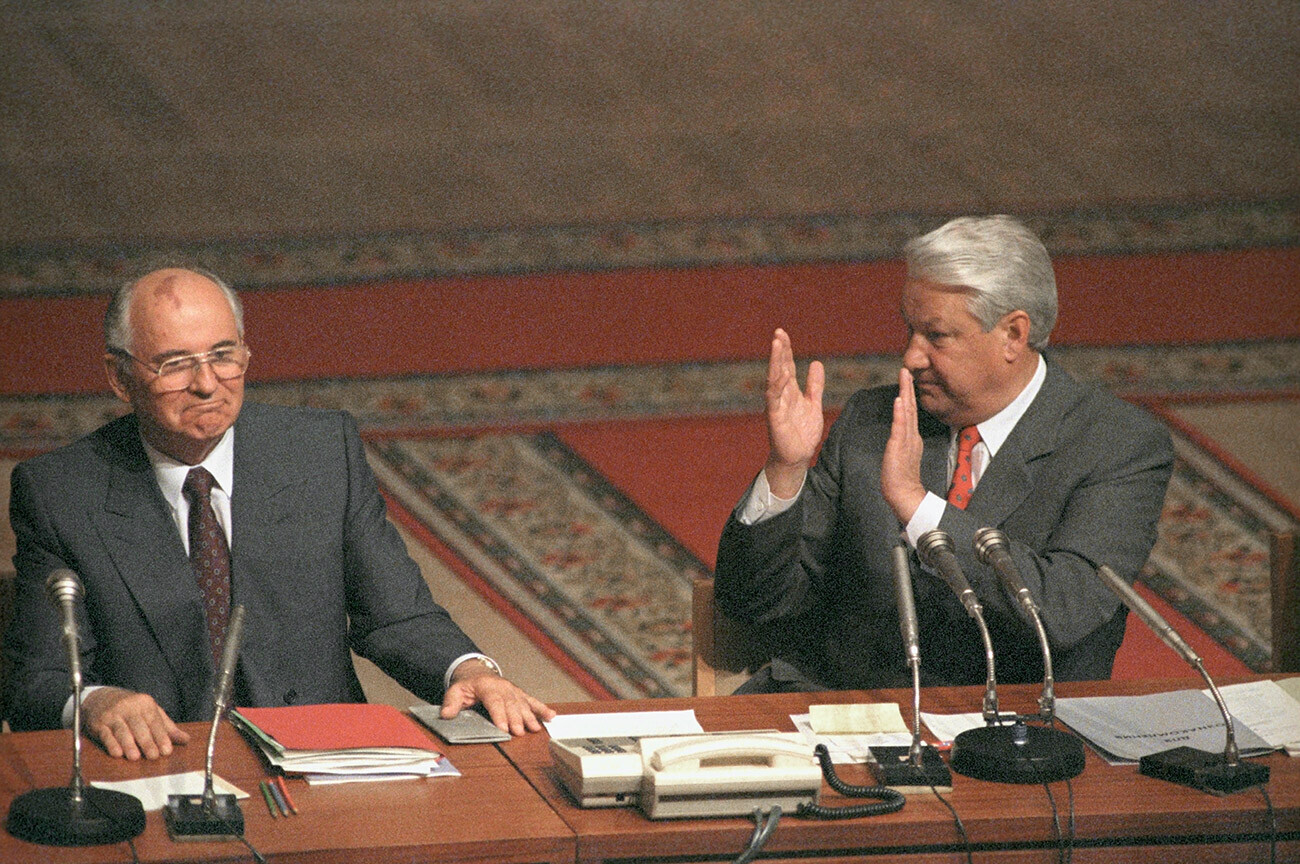
20. As part of reforms, Mikhail Gorbachev gave the Soviet republics more autonomy and even held a referendum about saving the USSR (which most people voted for). Gorbachev planned to sign a New Union Treaty. However, in August 1991, a reactionary Soviet coup d'état was meant to happen in Moscow, but failed. Boris Yeltsin headed the anti-coup meeting against restoration of the Soviet Union and for celebration of democracy. As a result, on December 26, 1991, after almost 70 years of its existence, the Soviet Union era came to the end.
Dear readers,
Our website and social media accounts are under threat of being restricted or banned, due to the current circumstances. So, to keep up with our latest content, simply do the following:
If using any of Russia Beyond's content, partly or in full, always provide an active hyperlink to the original material.
Subscribe
to our newsletter!
Get the week's best stories straight to your inbox